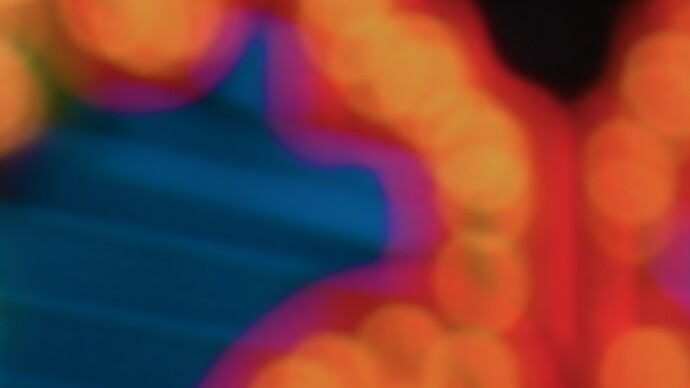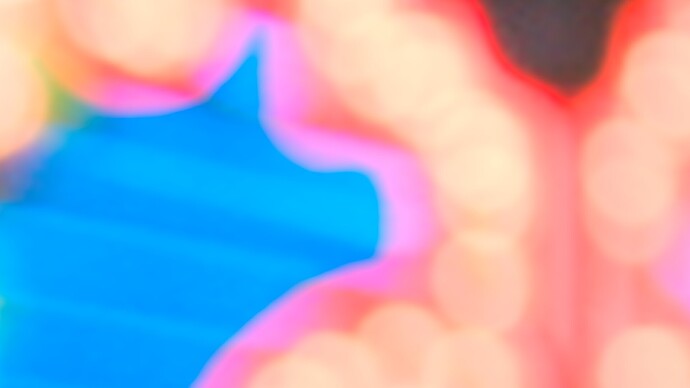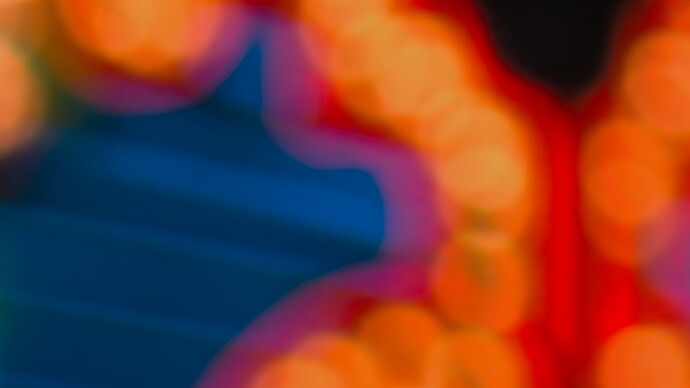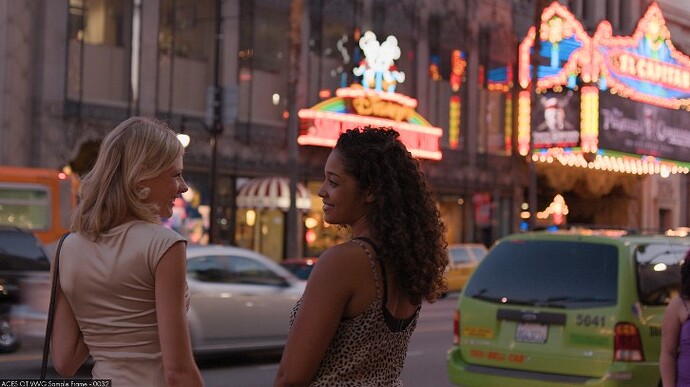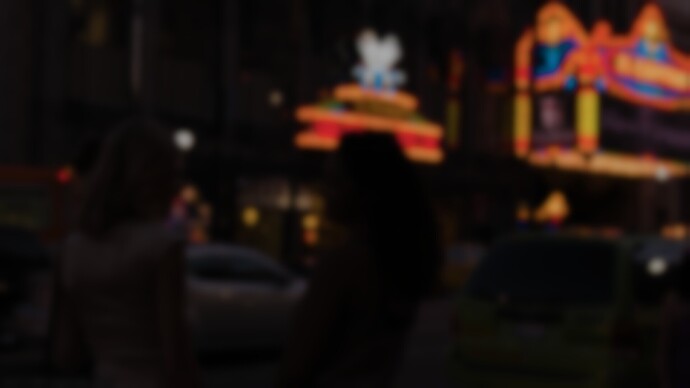Here is the comparison of ACES 2 v28 with T-CAM v2, both are DRT for Gamma 2.4 Rec709 display.
I found that if I lower the exposure, I get this blue stroke between magenta and blue-cyan colors with ACES 2, while with T-CAM it’s almost smooth. WIth ACES 1.2 the transition is also smooth, but it’s per-channel, so I thought no need to add it to the comparison.
I’ve added RGC because without it blue-cyan looked more cyan than blue, making the stroke even more visible.
Default exposure => RGC => ACES 2 v28 DRT
Lowered exposure => RGC => ACES 2 v28 DRT
Default exposure => T-CAM v2 DRT
Lowered exposure => T-CAM v2 DRT
upd.
I forgot to add a link to the footage. Will add it in a minute
upd.2
Sorry, I can’t find the link, but it’s this footage. I guess everybody has it.
Filename: ACES_OT_VWG_SampleFrames.0033.exr
Top right corner.
I know, it looks like nitpicking, but it can be way more noticeable even without cropping. If you add blur to this footage to simulate more defocused background, the stroke will be visible even without cropping and zooming.

